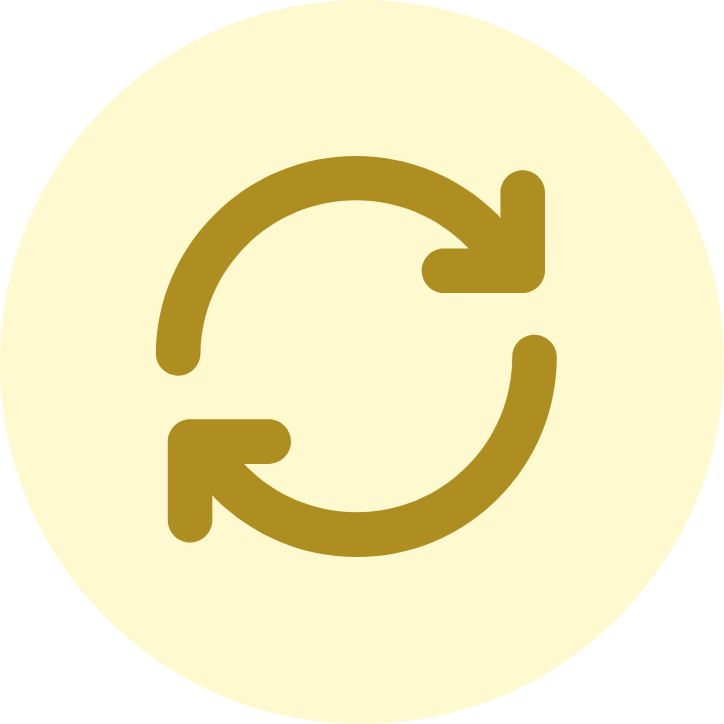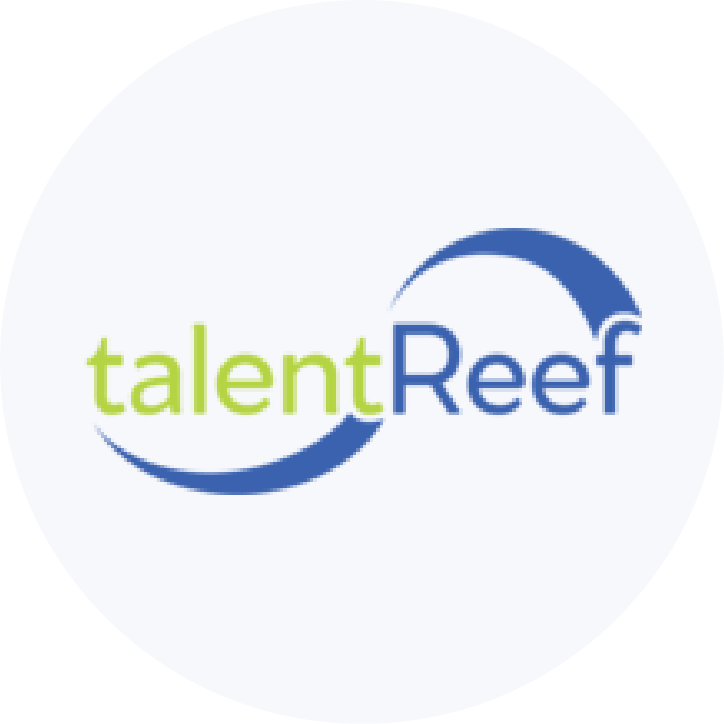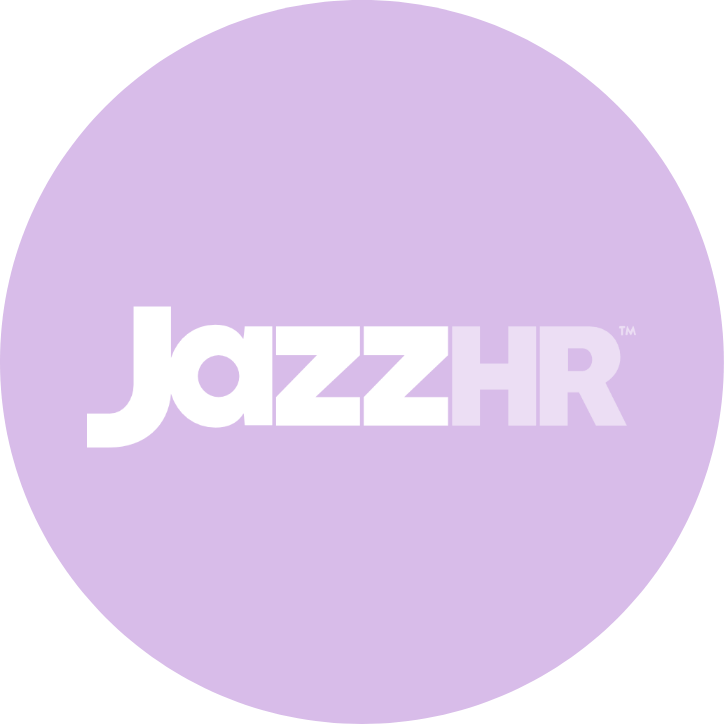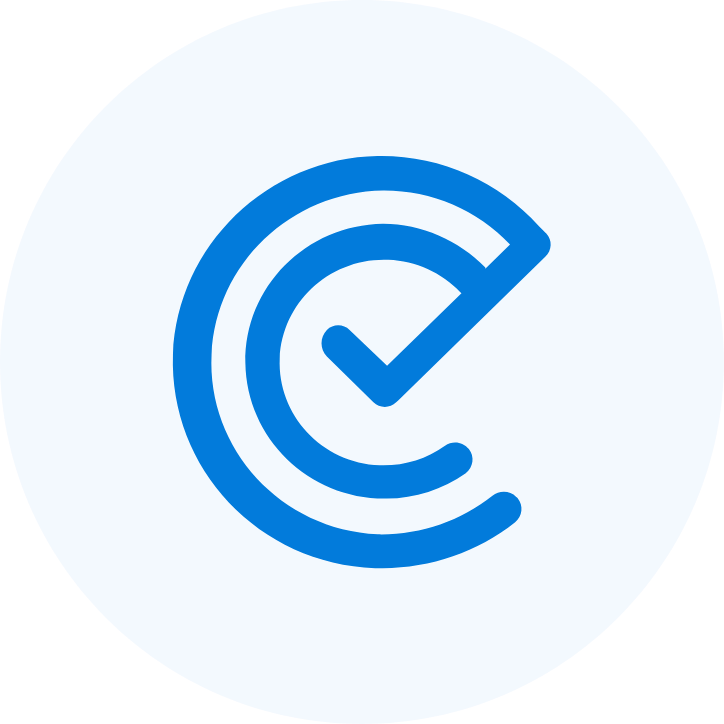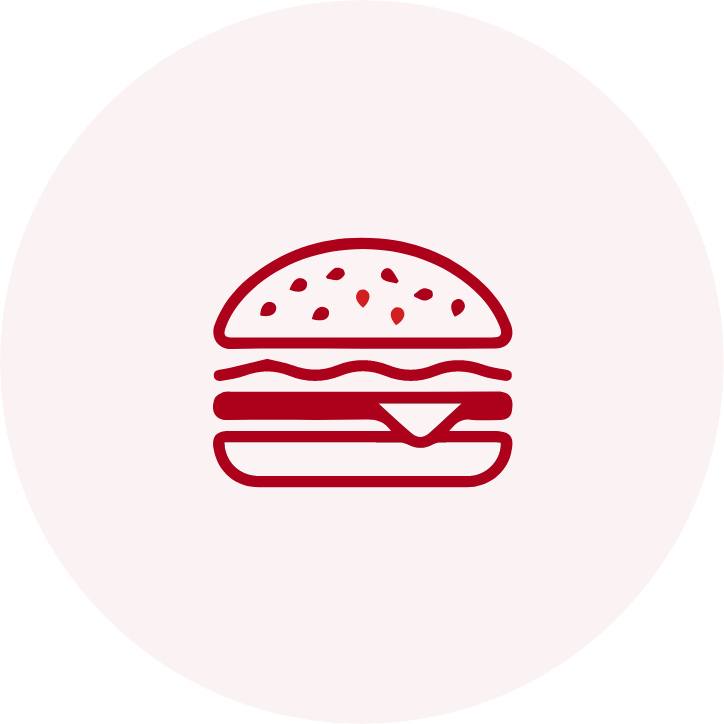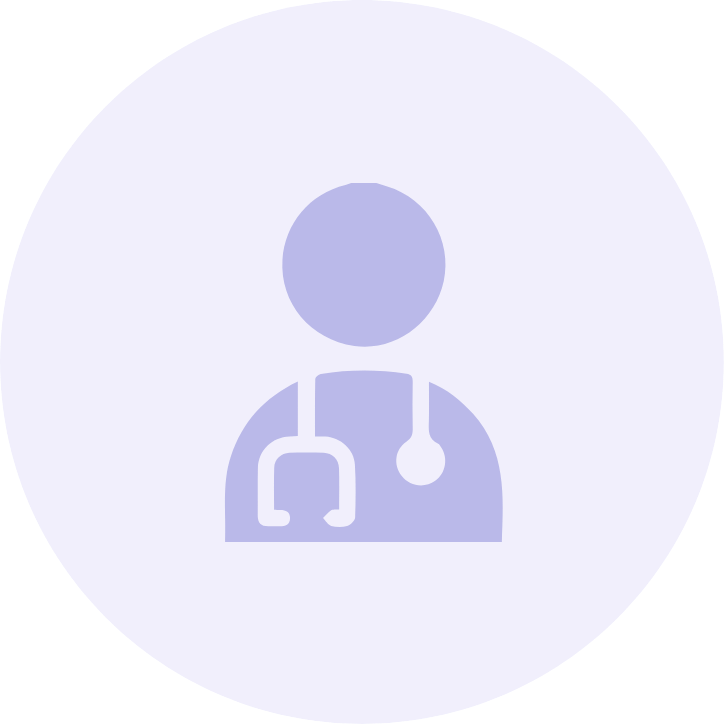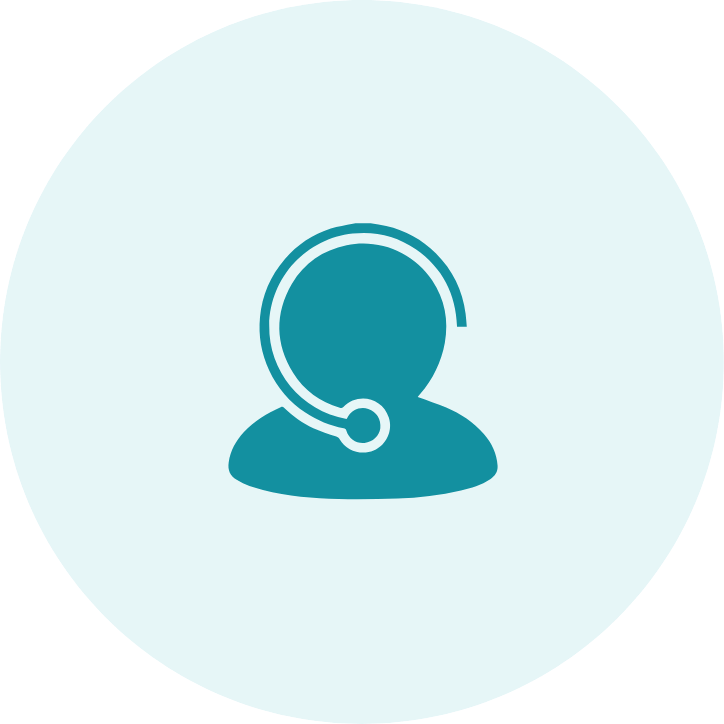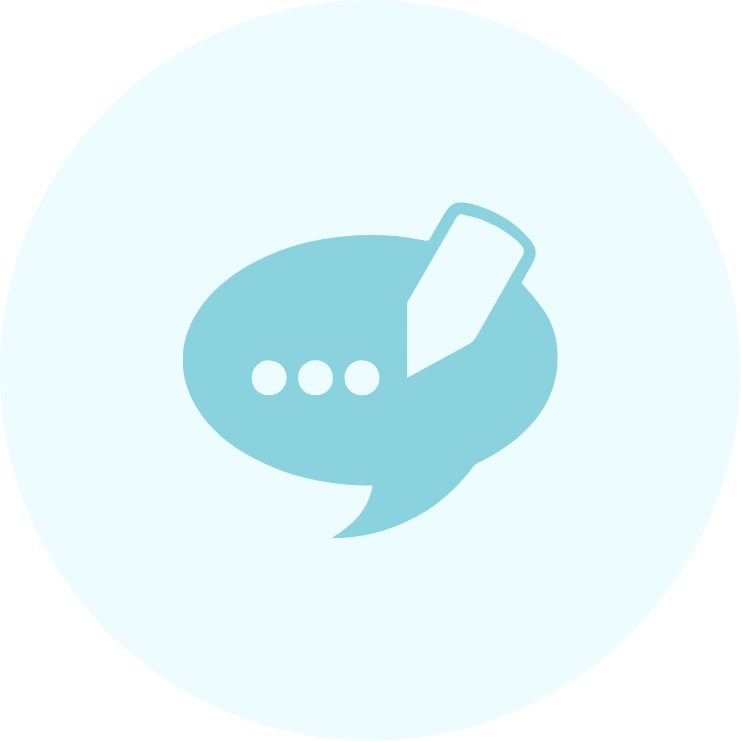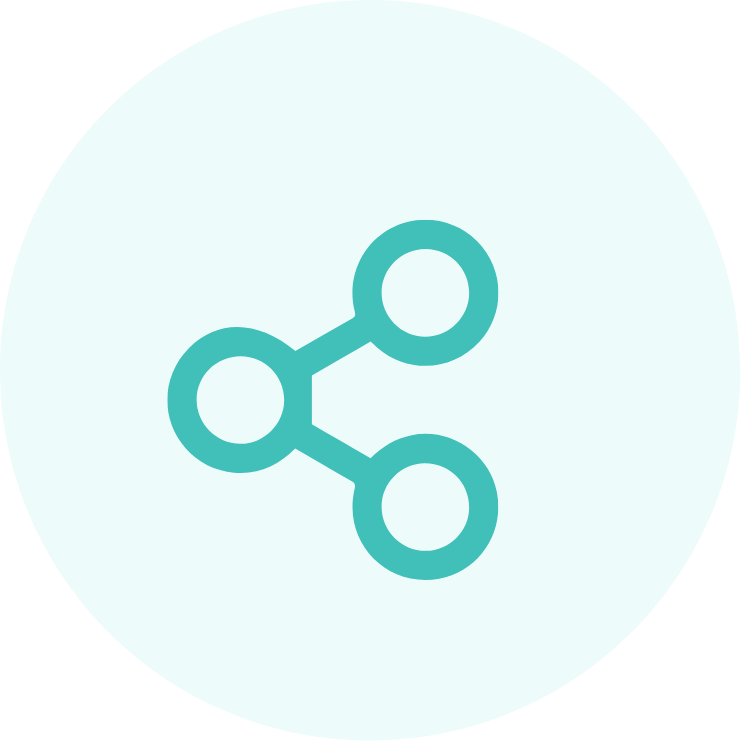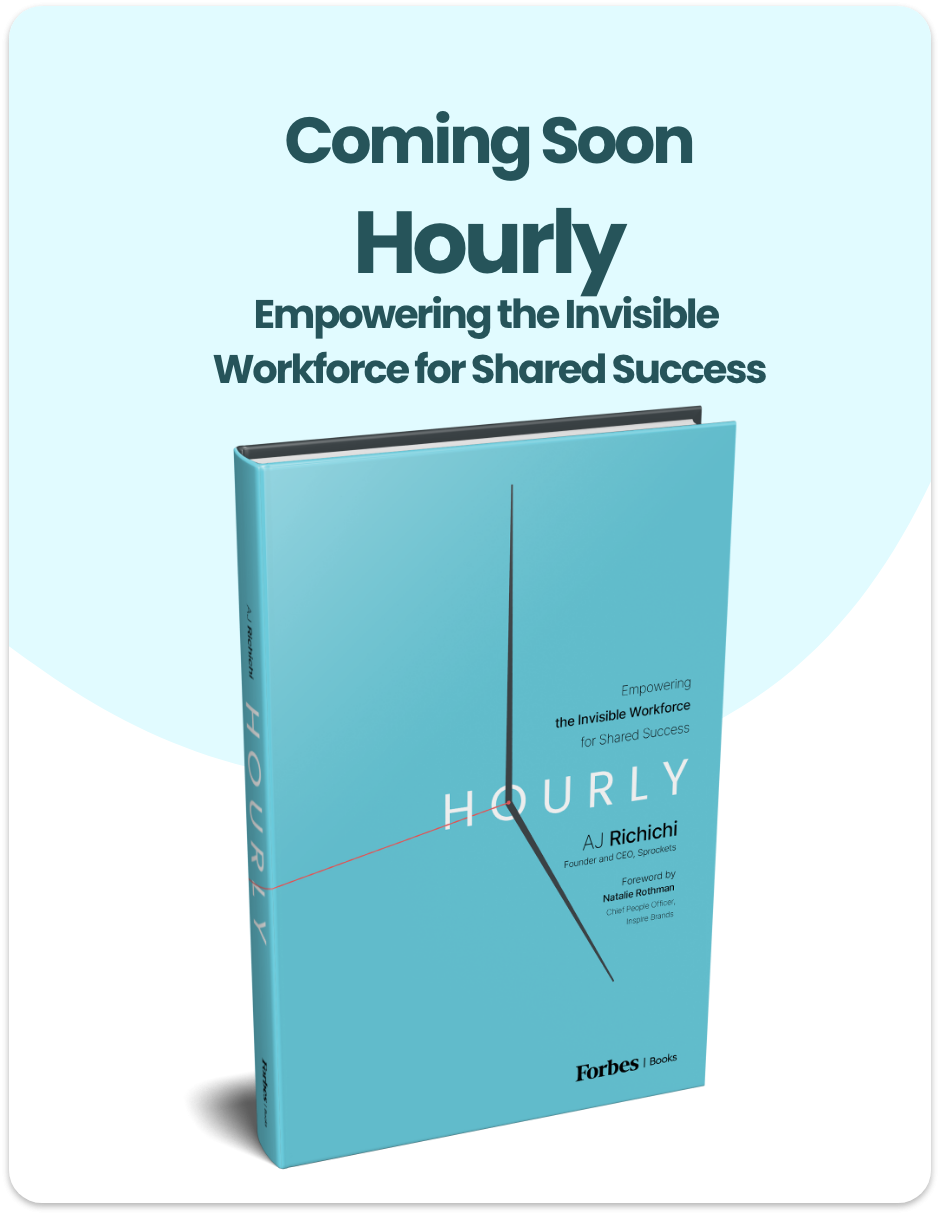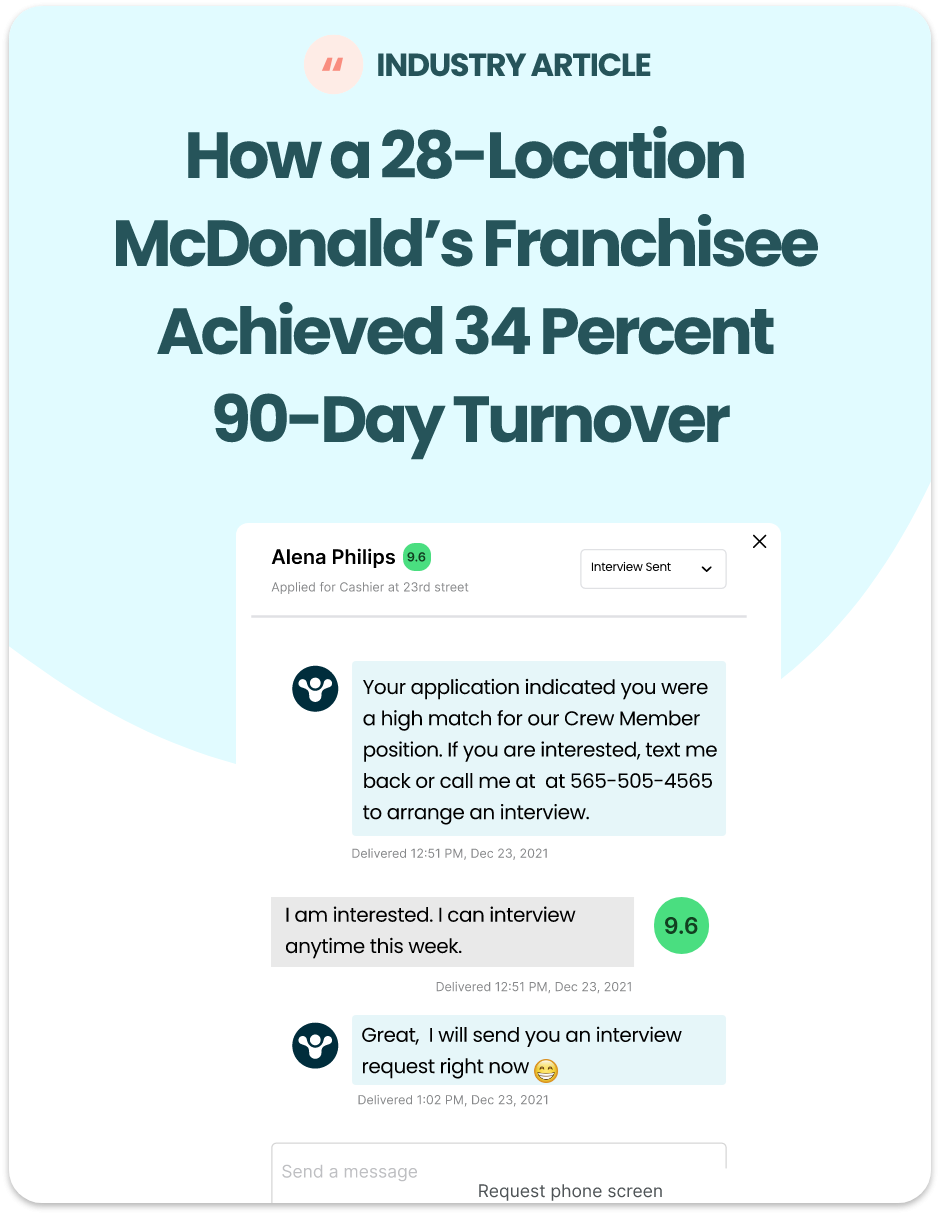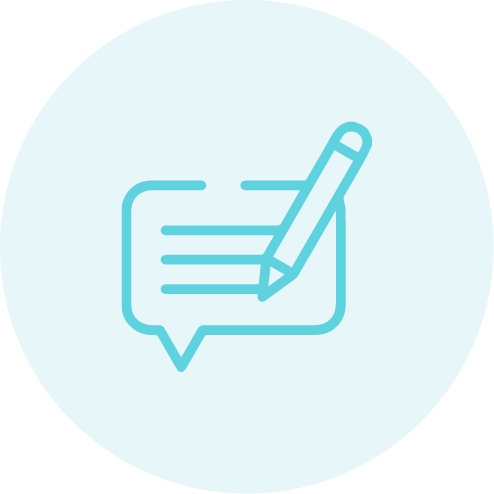For many organizations, first-day orientation and employee onboarding are not given nearly enough attention. Orientation is compared to the first day of college classes – syllabus day. When we consider long-term engagement and overall impact, orientation is crucial. Forking over a pile of paperwork and lecturing on a company’s history for an hour just doesn’t cut it.
The Importance of Day One
Engaging and retaining employees is crucial to the health of growing organizations. Benefits of effective employee onboarding include increased retention rates, reduced ramp-up time for the employee, and higher potential for an engaged employee over the course of their tenure.
Research from SquareSpace links an effective onboarding program to reduced turnover and increased retention. In one study, employees were 60% more likely to remain with the organization for more than three years when there was a structured onboarding program. In another study, 15% of respondents decided to leave their current position simply due to an ineffective or no onboarding process. Simply put, people want you to include information during their hiring and first days and months that will help them succeed in the position and company.
An employee’s first day is critical to their productivity. According to Kat Cole, “new employees make their decision to stay within the first 20 to 40 hours on the job.” It’s a first impression and it can be extremely positive or extremely negative. Especially in the tight labor market of today, chances are they may have a better option waiting in the wings.
In fields ranging from food service to finance, recruiters and hiring managers are reporting a surge in professionals “abruptly cutting off contact and turning silent — the type of behavior more often associated with online dating than office life,” says Chip Cutter of The Wall Street Journal. This “ghosting” of employers is forcing companies to rethink how they operate and remember that recruiting doesn’t stop at the door.
How to Create an Effective Onboarding Plan:
If your organization does not have an effective new hire program in place, it may seem daunting to start now – but fear not!
First, look to your peers. Employ a committee, ranging from HR professionals to key stakeholders in the business. You want brand ambassadors who represent the company culture – people who enjoy their work and who will be able to provide genuine advice and coaching to new hires.
A good way to figure out what is important to incoming employees is with predictive hiring systems, like Sprockets. Sprockets’ system offers insights into what traits the candidate has and what they value.
Once you’ve identified and engaged your internal employee onboarding team, ask questions.
Ensure you’re covering the logistics of the day and beyond with an employee onboarding checklist.
- When will onboarding start?
- How long will it last (30-day, 60-day, and 90-day onboarding are most common)?
Answer questions concerned with the intended impact.
- What impression do you want new hires to walk away with at the end of their first day?
- What are the unique and important characteristics that contribute to your organization’s culture, morale, and productivity?
- If any negative aspects come to mind, what does your team need to do to counteract those and shift the culture and the mindsets of current employees?
Finally, create a measurement for success.
It’s important to develop a program that will be effective, efficient, and manageable.
- How often will you check in with new hires?
- Will you utilize surveys, or do you plan to meet with team members face to face?
- What does feedback and data collection look like for your organization and for your workload?
Toxic environments are easy to sniff out, especially with the heightened senses of the newly hired. Onboarding needs to be real and tailored to your organization to work. Don’t paint an unrealistic picture of what a day in life will be like. They will perceive HR and management as being either dishonest or delusional or both.
So, remember, be real and execute employee onboarding with intention. The efforts you put into recruiting and hiring do not stop when the offer is accepted. Good human resource management is a process that requires constant care and consistent reevaluation to succeed. Not to mention, it’s an anxiety-inducing day. A fun, casual environment goes a long way when making a first impression!


